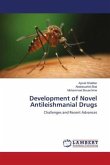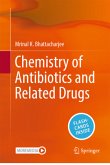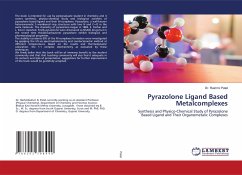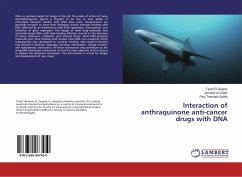In recent decades, there has been a substantial increase fungal infection (IFI), posing a significant threat to human health. Candida albicans, Cryptococcus neoformans, and Aspergillus fumigatus are the predominant pathogens responsible for the majority of IFIs in clinical settings. Despite advances in antifungal therapy, IFIs remain a major cause of morbidity and mortality, especially in immunocompromised and HIV-infected patients. The primary therapeutic families for fungal infections include polyenes, fluoropyrimidines, azoles, allylamines, and echinocandins. However, these antifungal drugs face challenges such as low water solubility, toxicity, narrow-spectrum activity, low bioavailability and, above all, the emergence of fungal drug resistance. To address the urgent medical need for improved antifungal agents, this book explores the application of Computer-Aided Drug Design (CADD) methods.
Bitte wählen Sie Ihr Anliegen aus.
Rechnungen
Retourenschein anfordern
Bestellstatus
Storno








